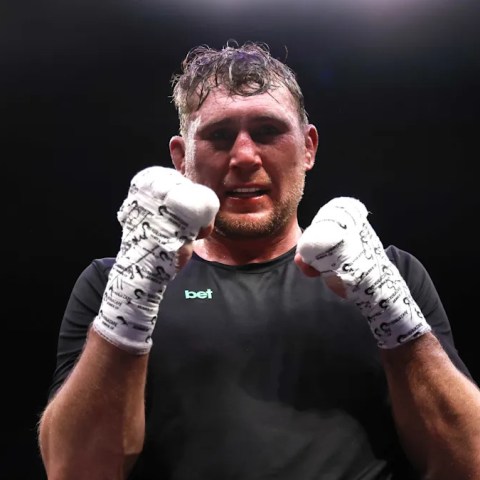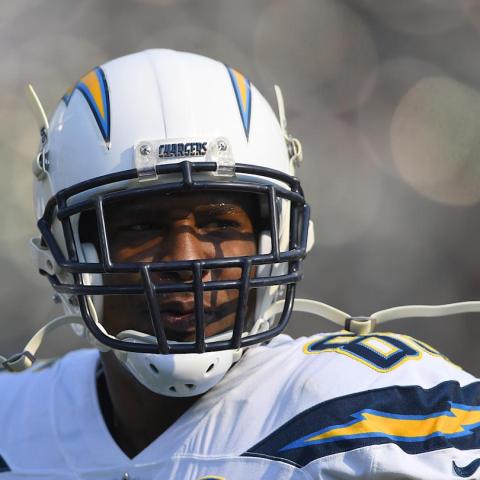The landscape of college athletics shifted dramatically on June 6, thanks to the House v. NCAA settlement. This agreement allows NCAA Division I schools to pay student-athletes directly, starting July 1.
Since 2021, college athletes have been earning money through their name, image, and likeness (NIL), but only through third parties, like boosters. Now, schools can pay them directly, which changes the game entirely.
With this new freedom comes some structure. Schools that choose to participate will operate under a $20.5 million salary cap for the 2025-26 school year. This cap will gradually rise by 4% every two years and will be reviewed every three years over the next decade, according to the College Sports Commission (CSC).
The CSC will oversee how money is distributed, using a tracking system called the Collegiate Athlete Payment System (CAPS) and monitoring NIL payments through Deloitte’s NIL Go.
Larger conferences, like the Southeastern Conference (SEC) and Big Ten, will have the bulk of this salary cap to spend. In contrast, smaller programs such as Florida Gulf Coast University (FGCU) will have significantly less. For instance, FGCU’s athletic revenue in 2022 was about $17.6 million. To put this in perspective, North Carolina State University, even at the bottom of the Atlantic Coast Conference with $102.4 million, still outpaced FGCU by nearly $85 million.
However, FGCU is not alone. It ranks fifth in revenue among its peers in the ASUN Conference, only trailing Austin Peay University by a narrow margin.
Funding for these payments will come from a reduction in annual revenue distributions from the NCAA, which will impact schools like FGCU by about $300,000 each year for the next decade. While this may affect short-term finances, FGCU could counterbalance some losses with effective third-party fundraising.
Another positive outcome from this settlement is the boost in scholarship funds. FGCU has raised its scholarship budget by 40%, responding to lifted NCAA scholarship limits. This change means FGCU’s swimming and diving team, for example, can now support 18 athletes instead of just 11. Overall, the university aims to support around 260 student-athletes under the new rules.
However, smaller institutions might feel pressured to reduce funding for less popular sports like tennis and golf to allocate more for scholarships and facility upgrades. Thankfully, FGCU’s current financial health and active donor base have allowed it to sustain and even enhance funding across all programs.
The new era in college athletics requires strong, forward-thinking leadership. If FGCU can successfully navigate these changes while maintaining support for all teams, it may find itself competing effectively in the future.
Additional Insights
Expert Opinions: Sports economists suggest that direct compensation could significantly alter college sports, providing athletes with financial stability and empowering them like never before. “This settlement is a turning point,” says Dr. Emily Smith, a sports finance expert. “It will reshape how we perceive amateur athletics and the value these athletes provide.”
Recent Trends: Social media has buzzed with reactions from athletes excited about the changes in compensation. Many see it as a crucial step toward fairness, with some athletes sharing their personal stories about the financial challenges they face.
Relevant Data
According to a recent survey by the NCAA, approximately 70% of student-athletes expressed that receiving direct payments would greatly impact their college experience positively.
The path ahead may be challenging, but for schools like FGCU, adapting to these changes means staying relevant in a rapidly evolving landscape.






















